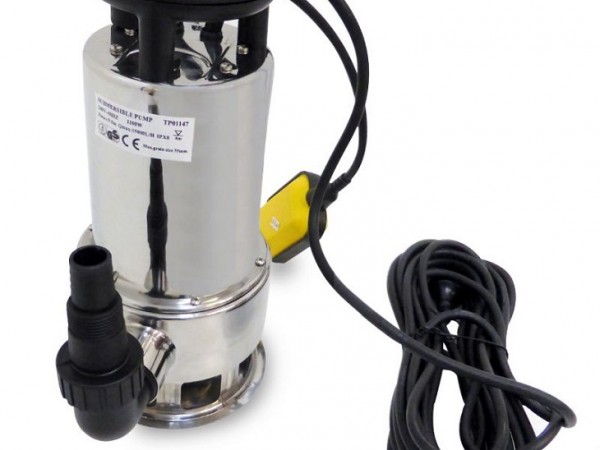25
May

If you’ve ever been on a boat, then you know that ending up with water inside it is pretty much unavoidable. There are many ways water can get into the boat, like a leaky port light, melting ice from the icebox, leaky seams in a wood boat, shaft packing gland and many other sources. While small amounts of water aren’t really problematic, except for making the walking surface slippery and wet, some can have considerably undesirable effects, including lifting spilled fuel, destabilising it and distributing it through the bilge. Oh yeah, it can also sink your boat, so it’s a pretty big deal.
When it comes to dealing with nuisance water, you can always rely on bilge pumps. Why these pumps in particular? Because even if you buy the largest pump that isn’t a bilge pump, you can only buy a little time to delay the inevitable. Moreover, you shouldn’t even rely on a single pump, it’s always advisable to have at least a few bilge pumps.
Worth knowing is that not a single boat has an ideal bilge pump system. No system is also big enough to keep up with a leak caused by excess damage. These pumps are designed for small to medium at best quantities of water and are not to be mistaken for damage control pumps. Moreover, don’t expect your automatic bilge pump to deal with a leak and keep it afloat. Hauling the boat out of the water and fixing it is the way to go in that case.
The capacity of these pumps is measured in gallons per minute or hour. The rule of thumb is to get the biggest model practical for your boat. So you basically have to consider the power limitations and size constraints, but generally you want a 1.000 gallons per hour model, or if possible, larger. However, something worth noting is that small boats also require a large size pump. Less freeboard means you get swamped more easily, you sink more rapidly, and the bilge is smaller, therefore, the water gets to the electrical system and engine sooner.
If you have to replace a pump, make sure the new one fits the wire capacity and hose sizes, unless you want to upgrade that as well. I also briefly mentioned automatic operation in a paragraph above. Automatic operation requires a separate water-sensing switch or an automatic pump. One drawback to automatic operation is that you might be unaware of your pump’s operation if you get a increasing leak. It can also pump cycles off and on without you knowing, so you could be completely unaware of a leak before it becomes dangerous and goes beyond your pump’s capacity. You can prevent that by using a cycle counter to log it, or have a buzzer or lighter that turns on when your pump is functioning.